
What is a lithium-ion battery?
Energy, Energy & environment, In the News, What's?The lithium-ion battery is one of the best-sellers of recent decades in microelectronics. It is present in most of the devices we use in our daily lives, from our mobile phones to electric cars. The 2019 Nobel Prize in Chemistry was awarded…

Optics as a key to understanding rogue waves
Energy, Energy & environment, In the NewsRogue waves are powerful waves that erupt suddenly. They are rare, but destructive. Above all, they are unpredictable. Surprisingly, researchers have been able to better understand these fascinating waves by studying similar phenomena in fiber…

Nuclear: a multitude of scenarios to help imagine the future of the industry
Energy, Energy & environment, In the NewsArticle written in partnership with The Conversation.
By Stéphanie Tillement and Nicolas Thiolliere, IMT Atlantique.
[divider style="normal" top="20" bottom="20"]
[dropcap]N[/dropcap]uclear energy plays a very important role in France…
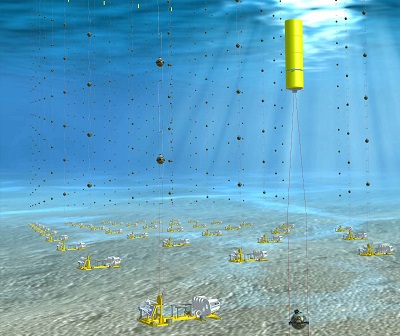
KM3NeT: Searching the Depths of the Sea for Elusive Neutrinos
Energy, Energy & environment, In the NewsThe sun alone produces more than 64 billion neutrinos per second and per cm2 that pass right through the Earth. These elementary particles of matter are everywhere, yet they remain almost entirely elusive. The key word is almost... The European…
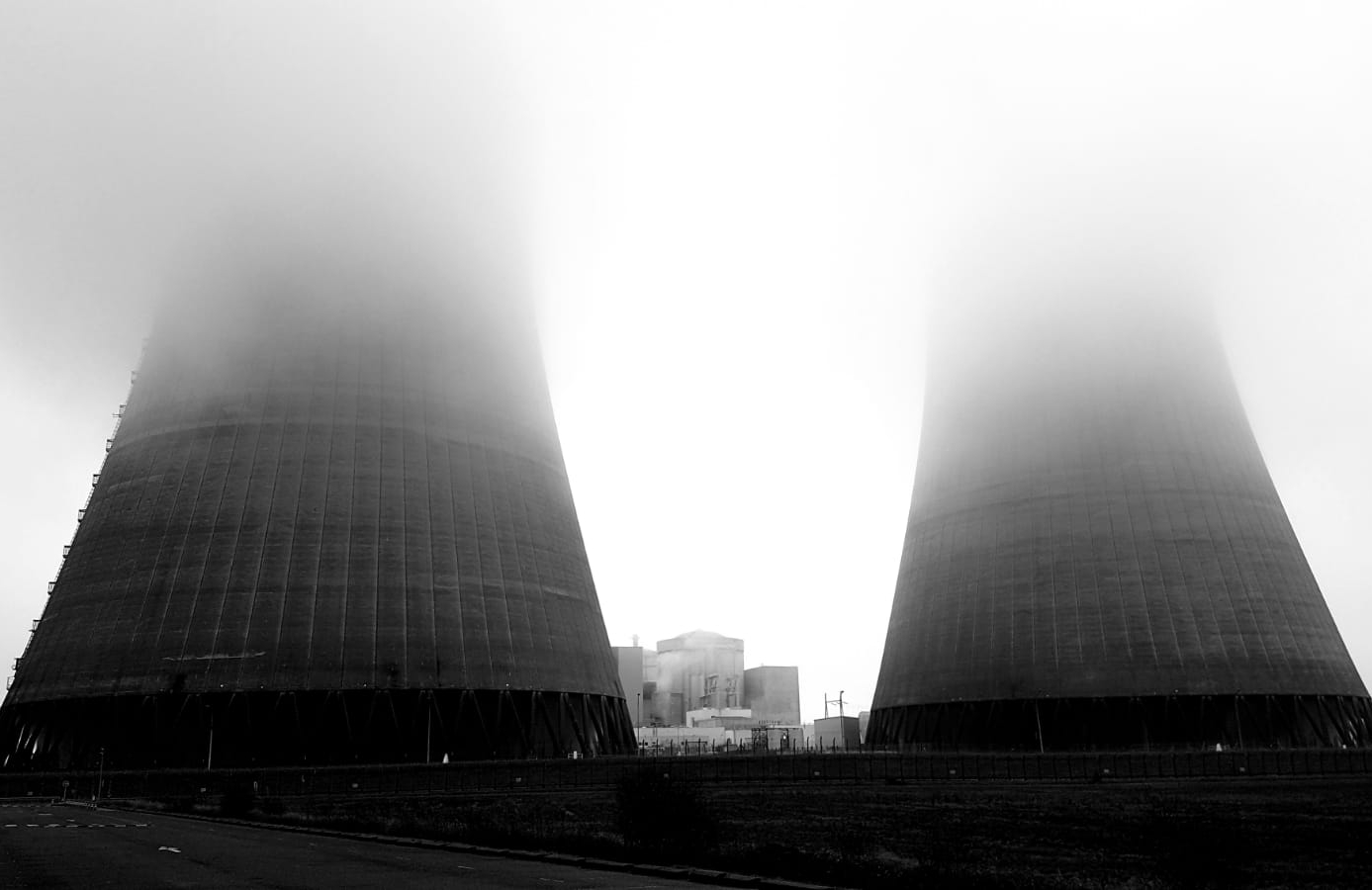
MOx Strategy and the future of French nuclear plants
Energy, Energy & environment, In the NewsNicolas Thiollière, a researcher in nuclear physics at IMT Atlantique, and his team are assessing various possibilities for the future of France’s nuclear power plants. They seek to answer the following questions: how can the quantity of…
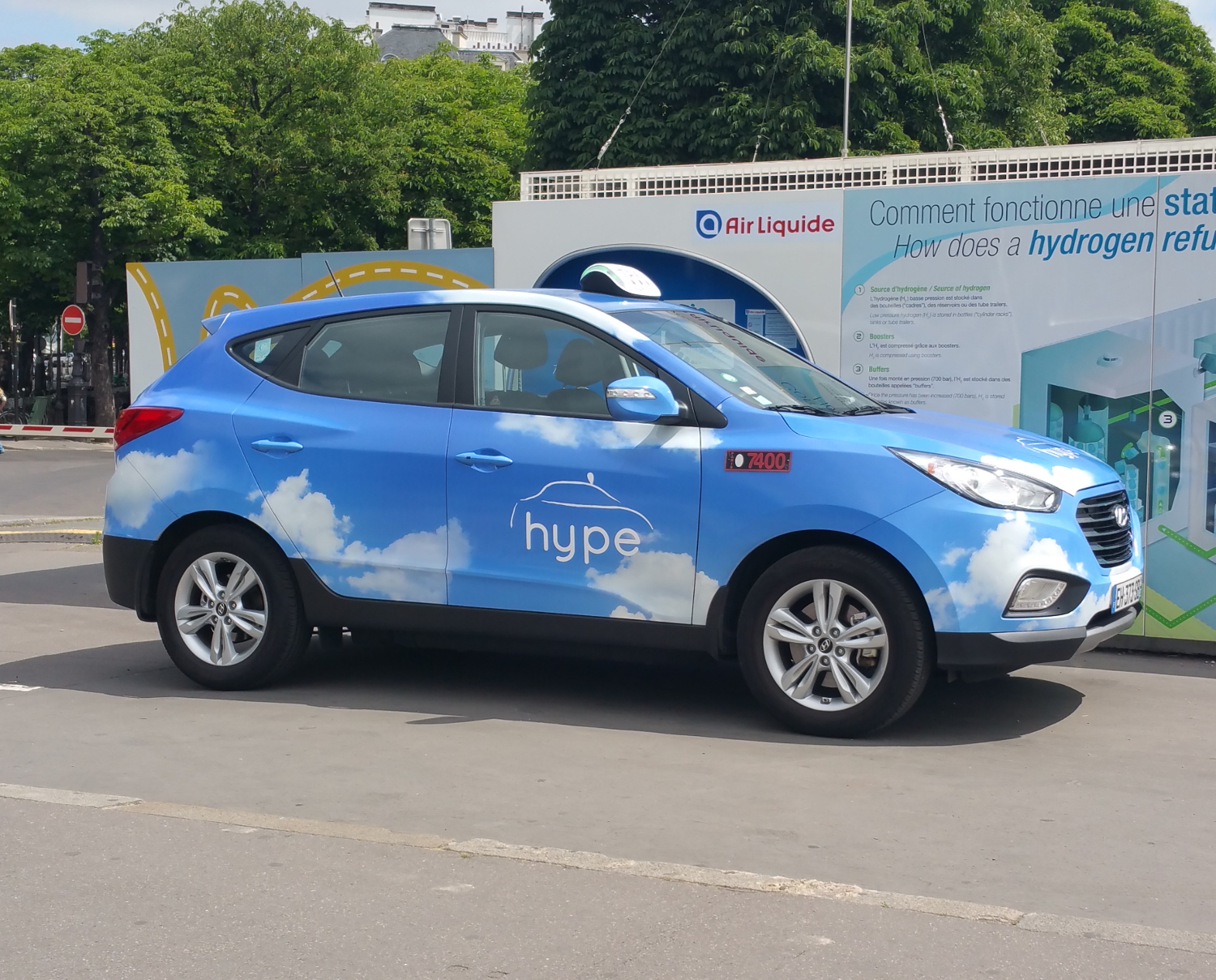
What is hydrogen energy?
Energy, Energy & environment, In the News, What's?In the context of environmental and energy challenges, hydrogen energy offers a clean alternative to fossil fuels. Doan Pham Minh, a chemist and environmental engineering specialist at IMT Mines Albi, explains why this energy is so promising,…
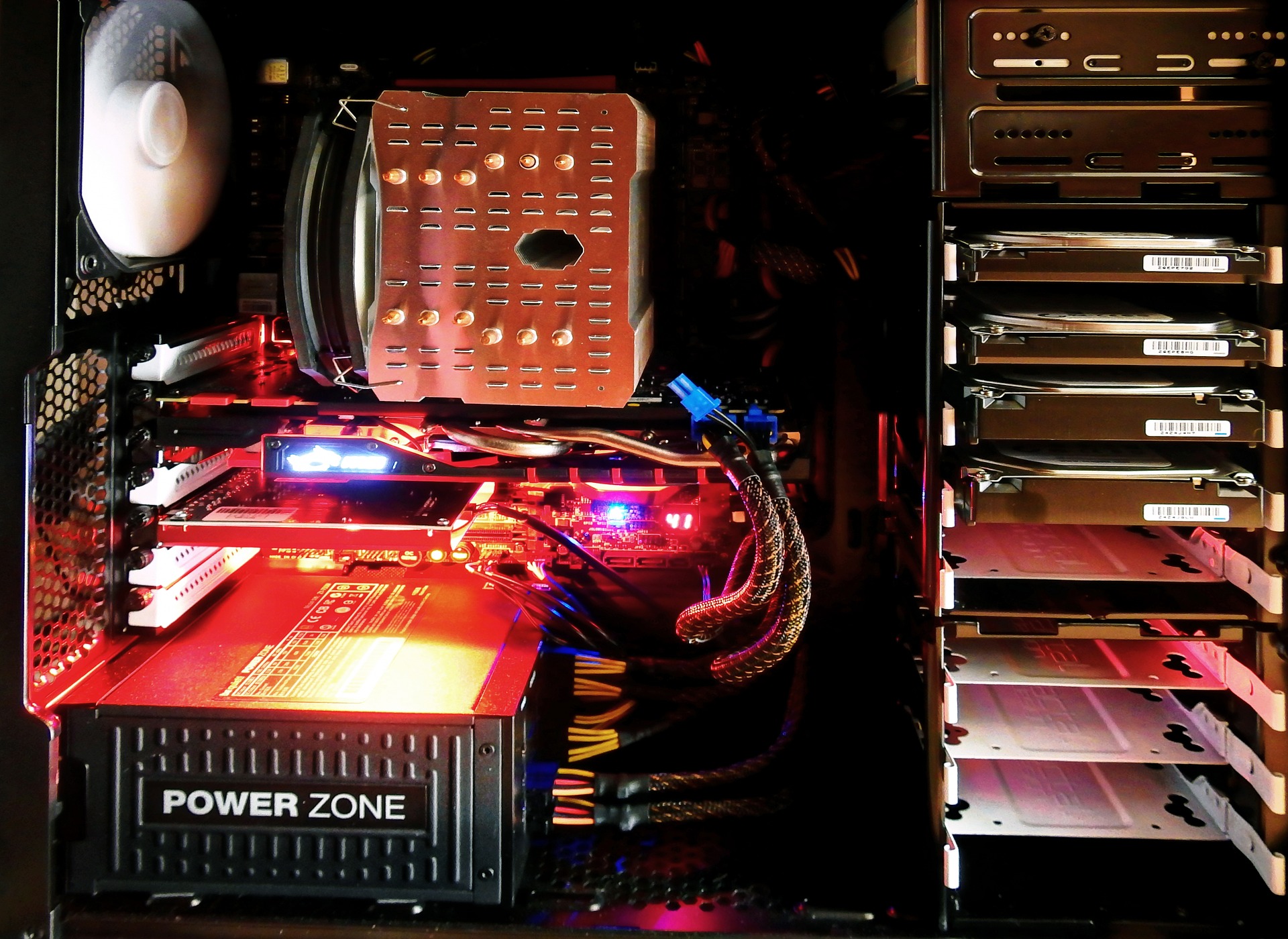
Ioan-Mihai Miron: Magnetism and Memory
Energy, Energy & environment, In the News, Materials, UncategorizedIoan Mihai Miron’s research in spintronics focuses on new magnetic systems for storing information. The research carried out at Spintec laboratory in Grenoble is still young, having begun in 2011. However, it already represents major potential…
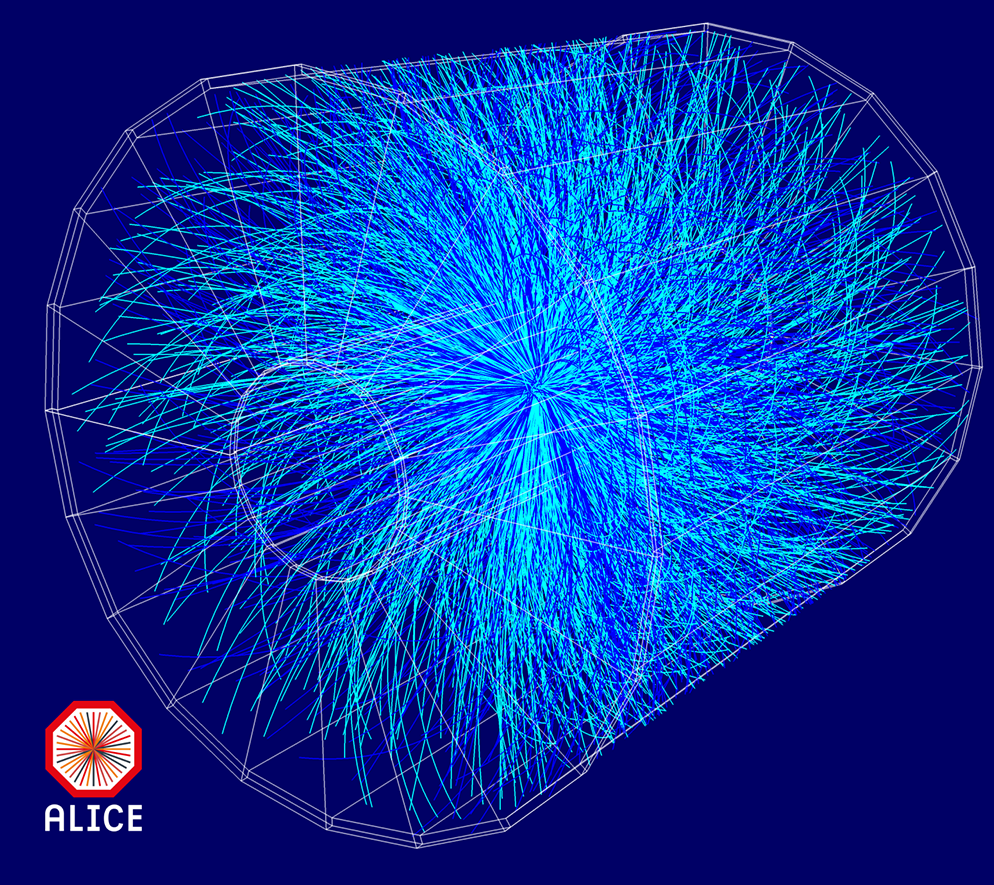
Audrey Francisco-Bosson, particle tracker
Energy, Energy & environment, In the NewsAudrey Francisco-Bosson has just won a L’Oréal-UNESCO For Women in Science Scholarship. This well-deserved award is in recognition of the young researcher's PhD work in fundamental physics, carried out at the Subatech laboratory at IMT Atlantique.…

Silicon and laser: a brilliant pairing!
Energy, Energy & environment, In the News, Materials
Researchers at Télécom ParisTech, in partnership with the University of California, Santa Barbara (UCSB), have developed new optical sources. These thermally-stable, energy-saving lasers offer promising potential for silicon photonics. These…
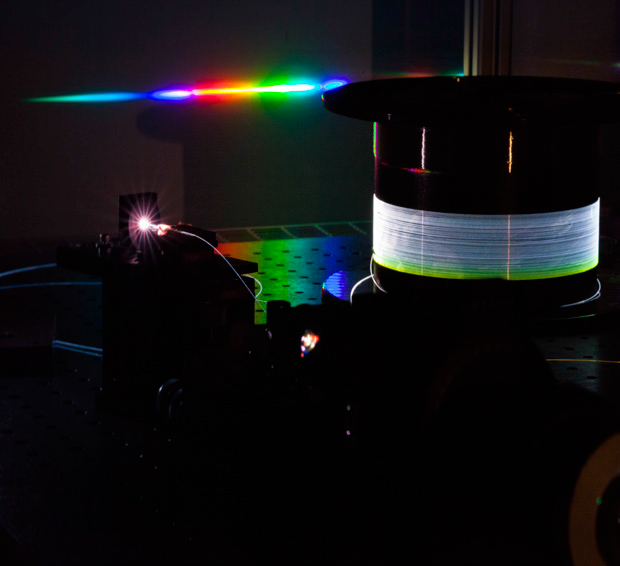
From springs to lasers: energy’s mysterious cycle
Energy, Energy & environment, In the NewsIn 1953, scientists theorized the energy behavior of a chain of springs and revealed a paradox in fundamental physics. Over 60 years later, a group of researchers from IMT Lille Douai, CNRS and the universities of Lille and Ferrara (Italy) has…

